Watch this science video tutorial from Nurd Rage on how to make a lithium thionyl chloride battery, which is capable of generating 2.8v with enough current to power a LED.
Warning: Thionyl Chloride is EXTREMELY toxic and this experiment must be performed in a fumehood by an experienced chemist with proper safety precautions.
Lithium thionyl chloride batteries offer excellent shelf life (sometimes over a decade) and energy density. Their main drawback is they are not rechargeable but for low power applications like memory backup they are extremely useful. At very low power levels, they can outlast the device they are installed in, making the recharge issue a non-issue.
As seen in this experiment, they are also extremely simple to make.
A solution of lithium tetrachloroaluminate in thionyl chloride serves as the electrolyte and the lithium and carbon rods are simply inserted in. The cell can produce up to 3.5volts depending on the purity and quality of the components. Our cell in the video used waste chemicals we had leftover around the lab so the voltage is not that high. But it did produce enough power to light a small light emitting a diode.
Commercial cells use lithium foil and spongy carbon for greater current but the concept is still the same.
Brought to you by one of WonderHowTo's favorite scientists NurdRage.
Just updated your iPhone? You'll find new emoji, enhanced security, podcast transcripts, Apple Cash virtual numbers, and other useful features. There are even new additions hidden within Safari. Find out what's new and changed on your iPhone with the iOS 17.4 update.



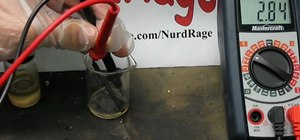
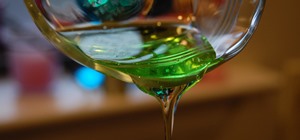
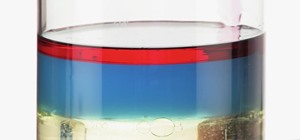

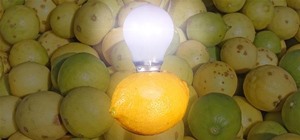

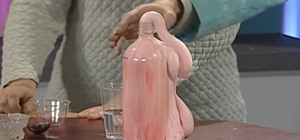
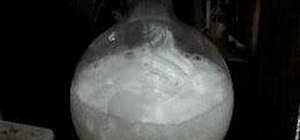
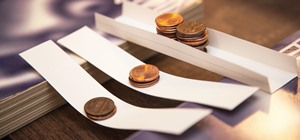

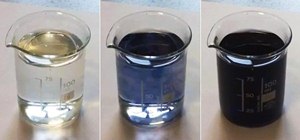

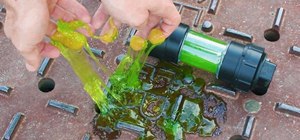

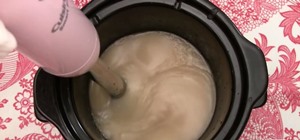
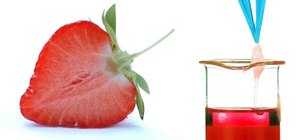
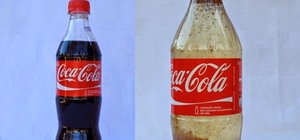
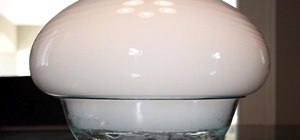
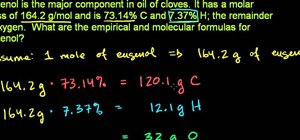
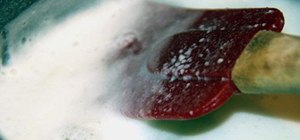
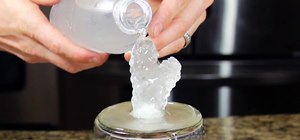
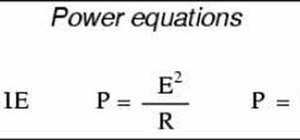
Be the First to Comment
Share Your Thoughts